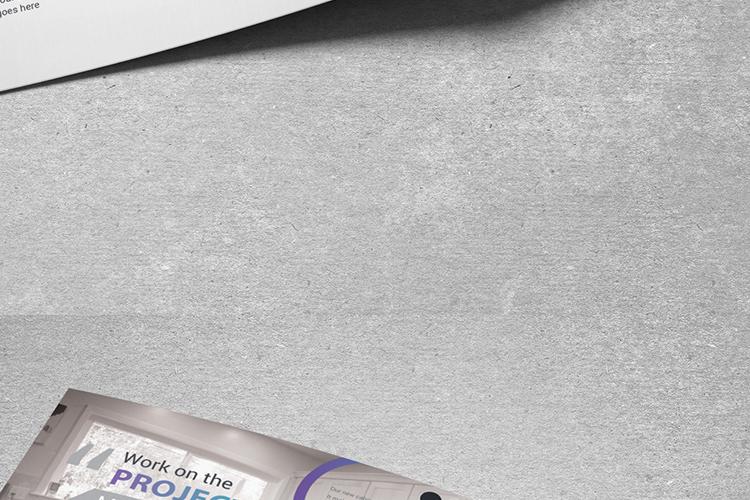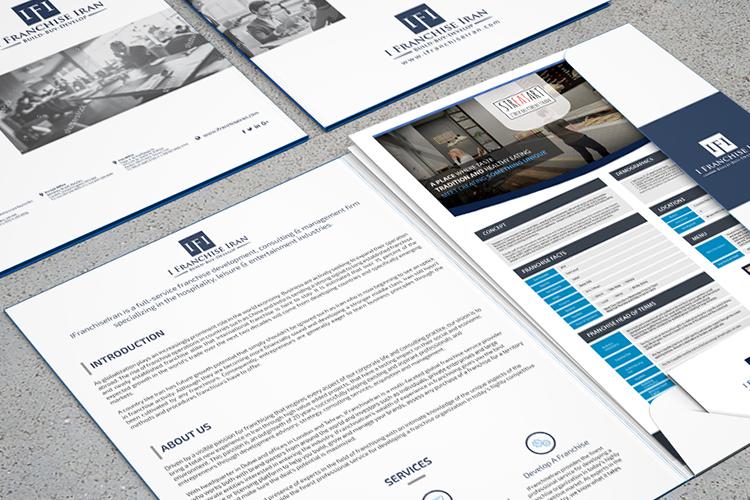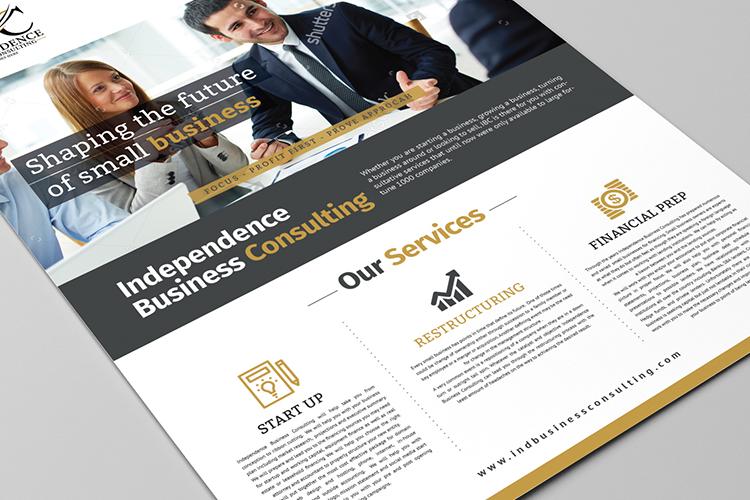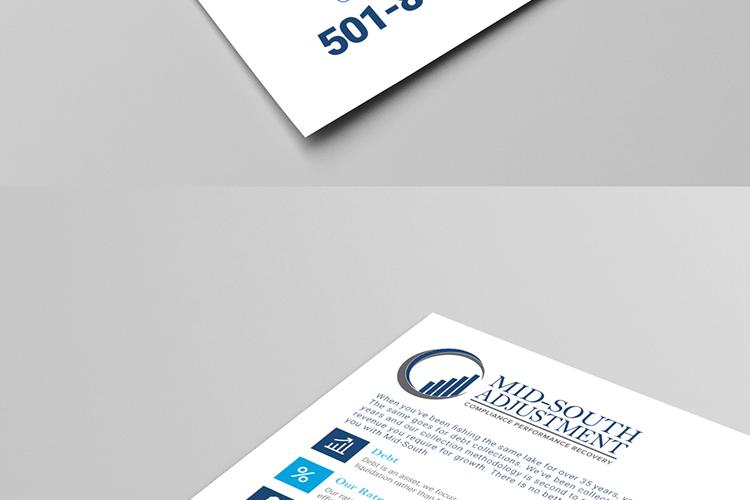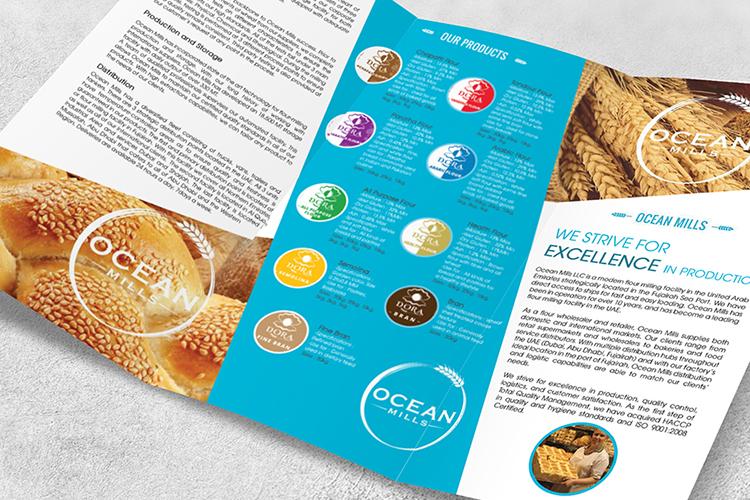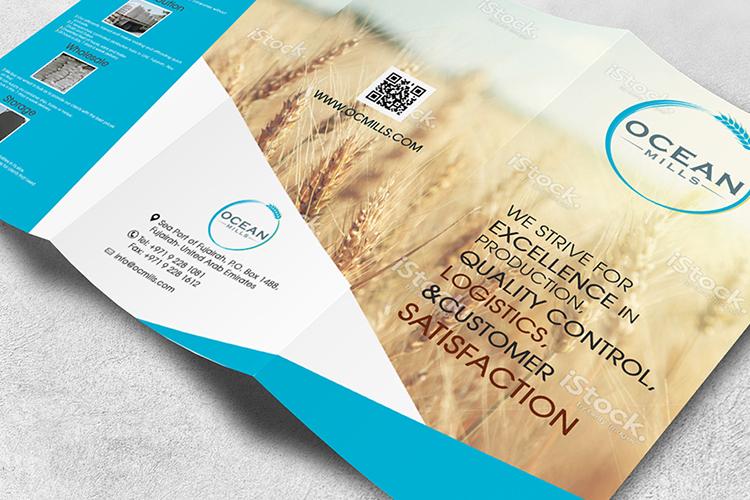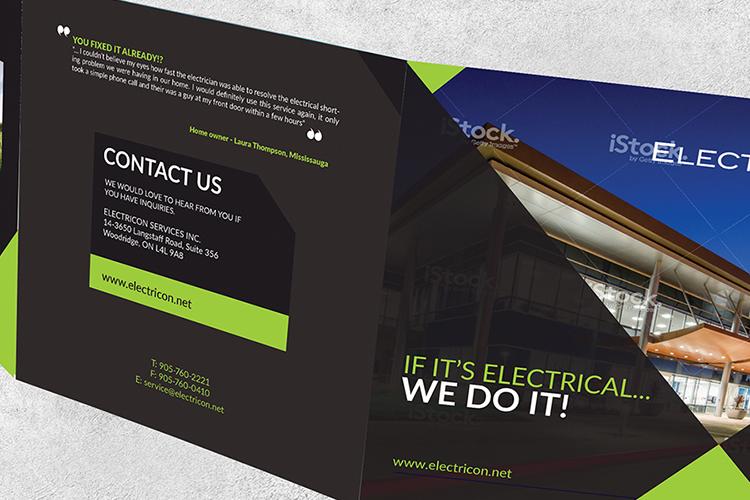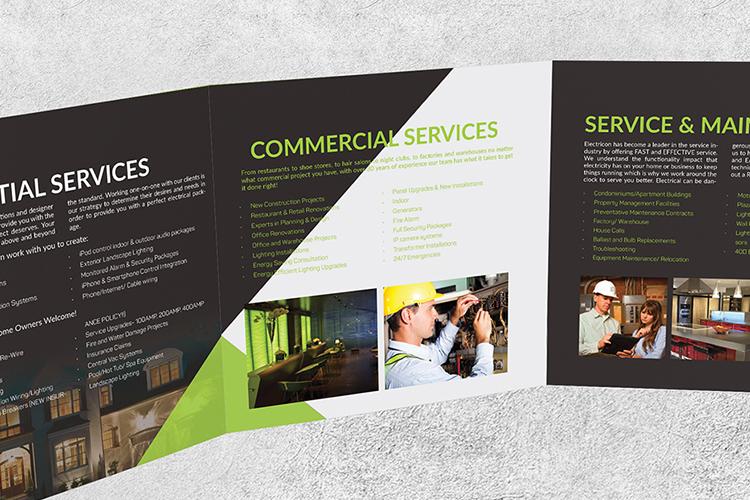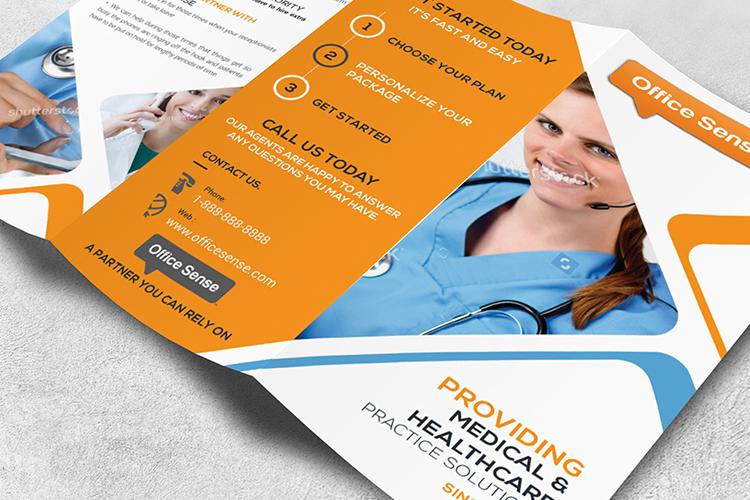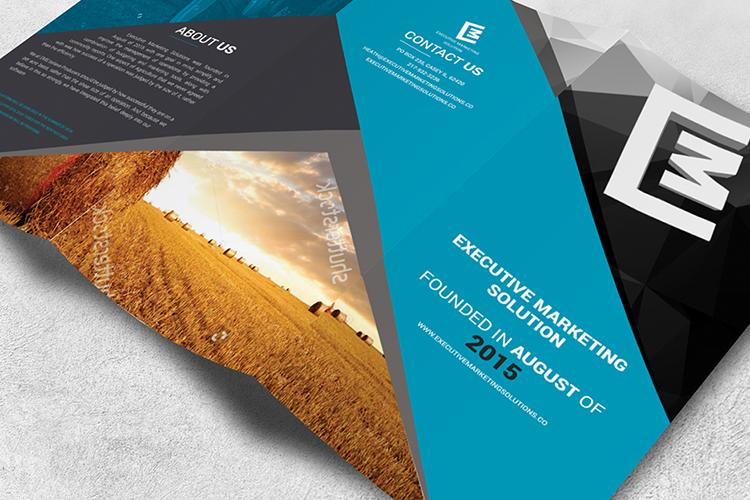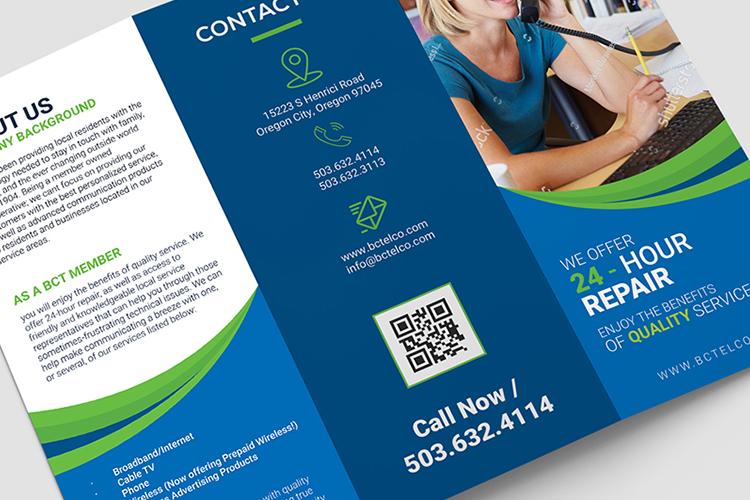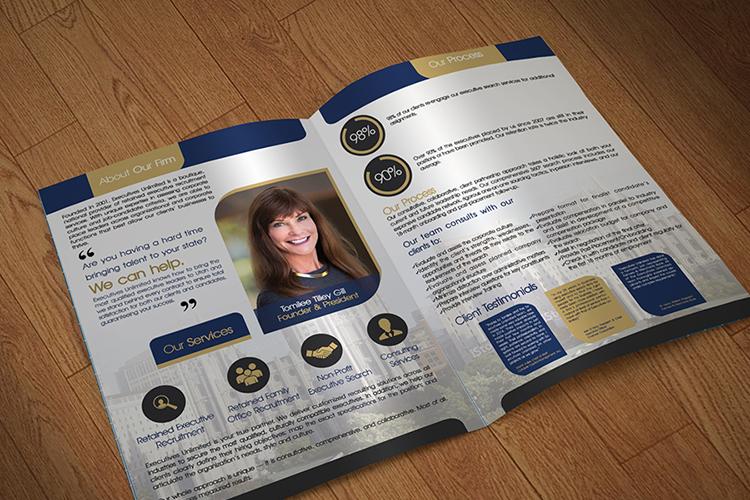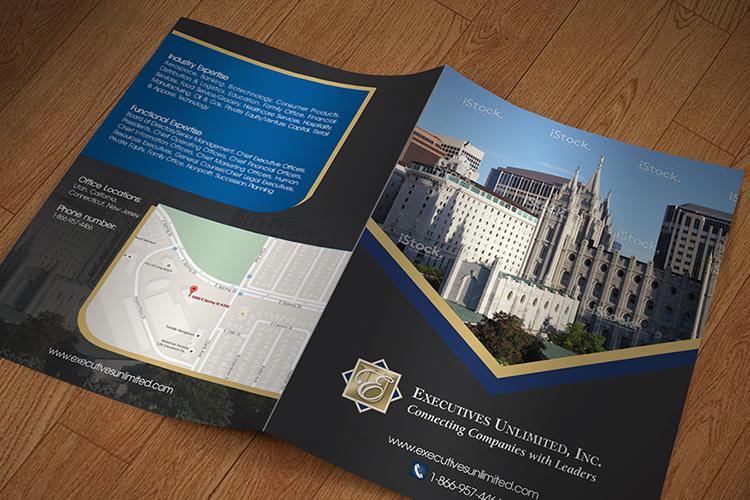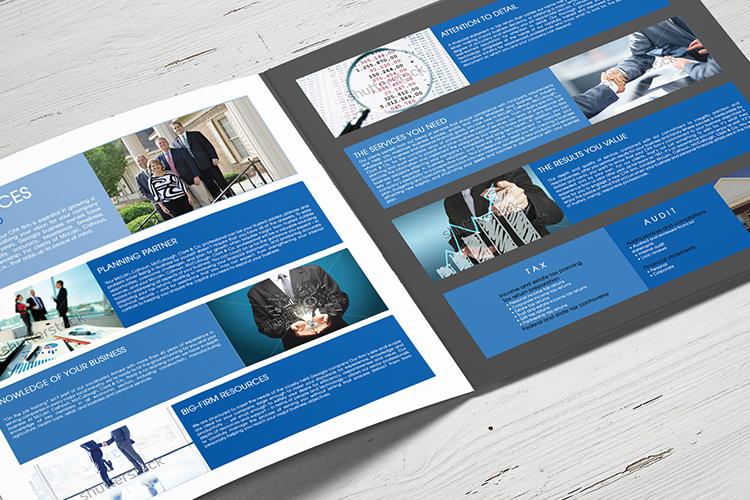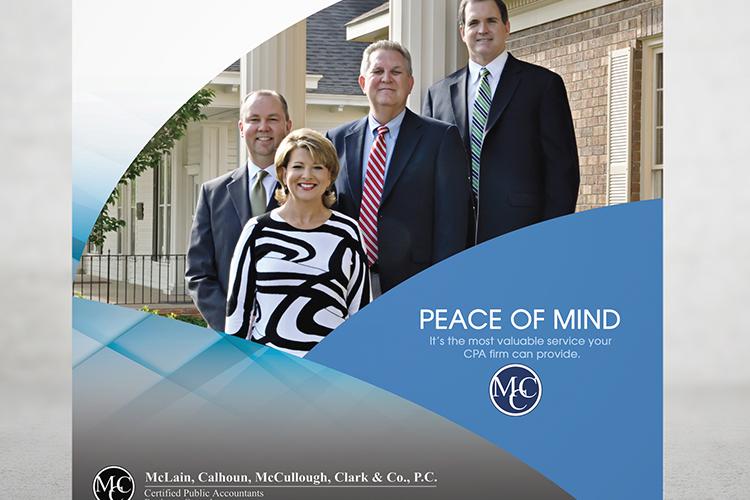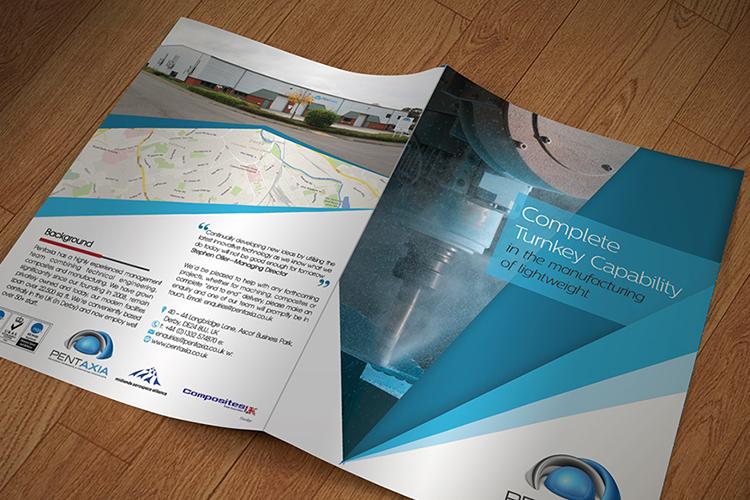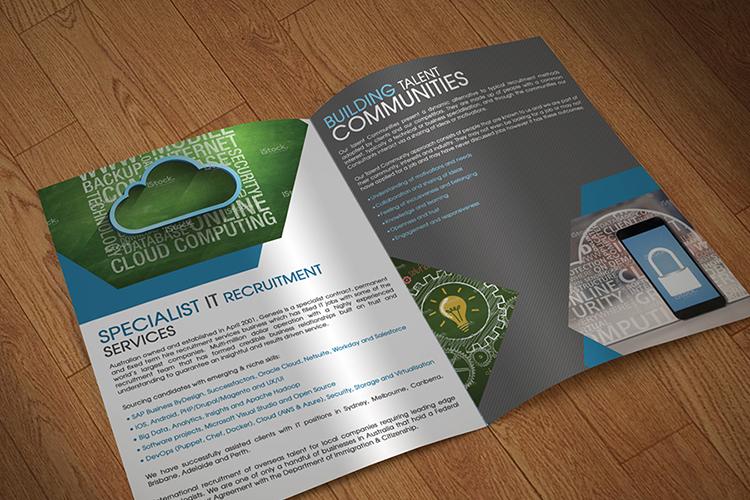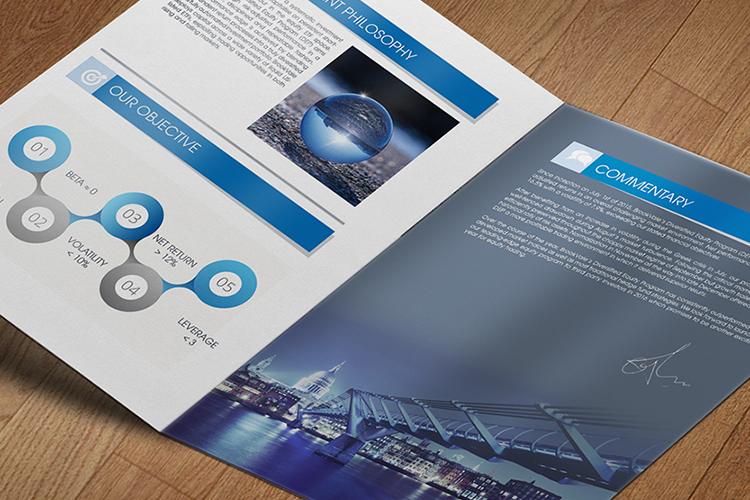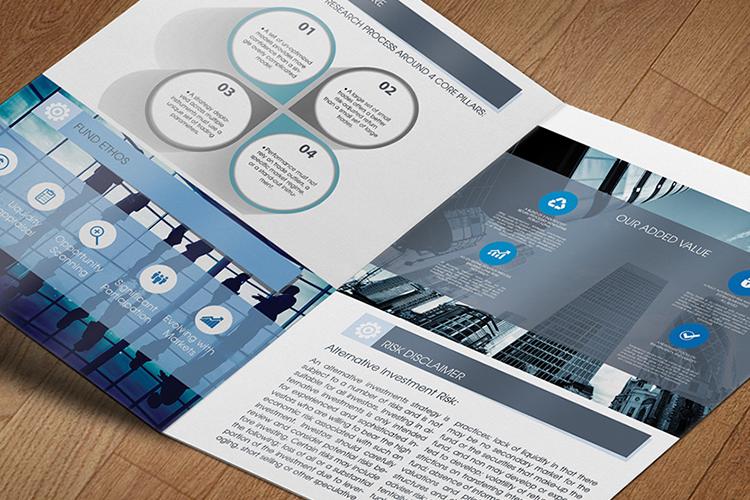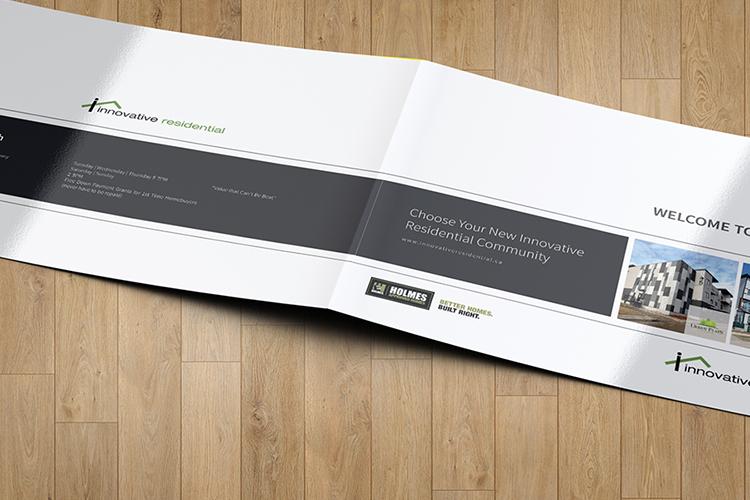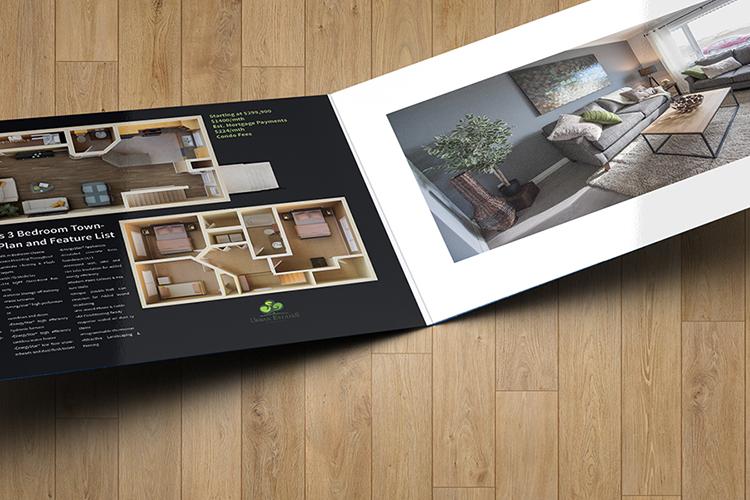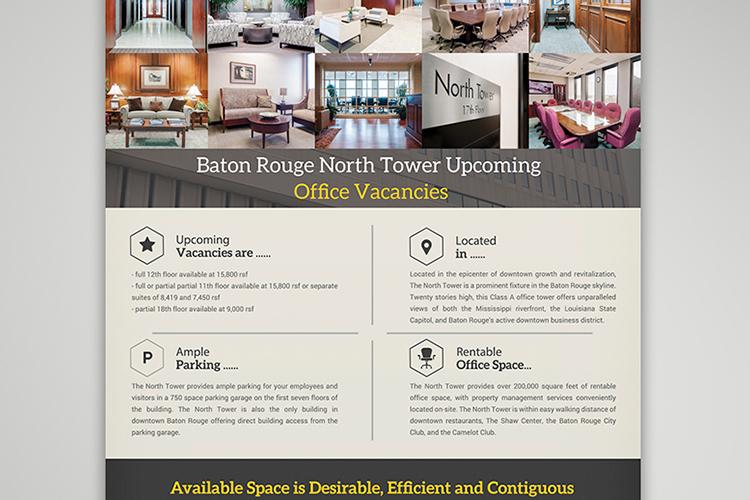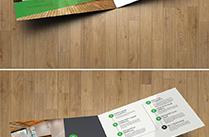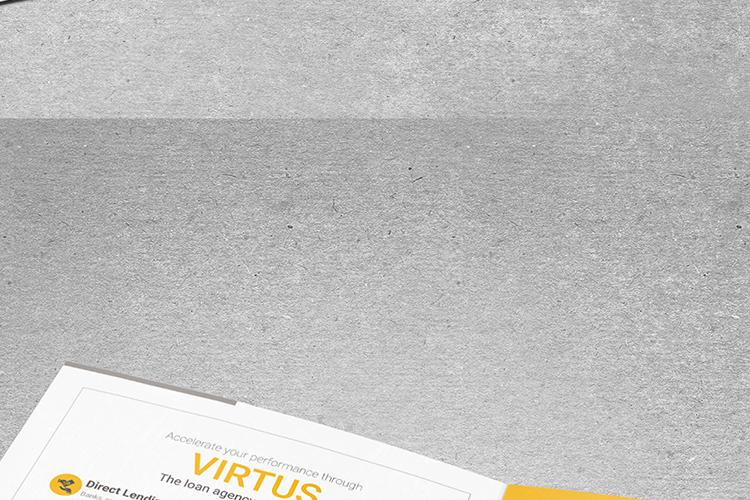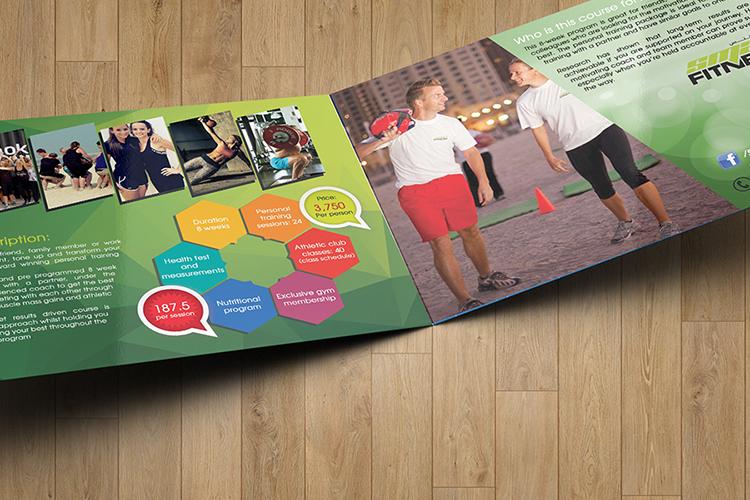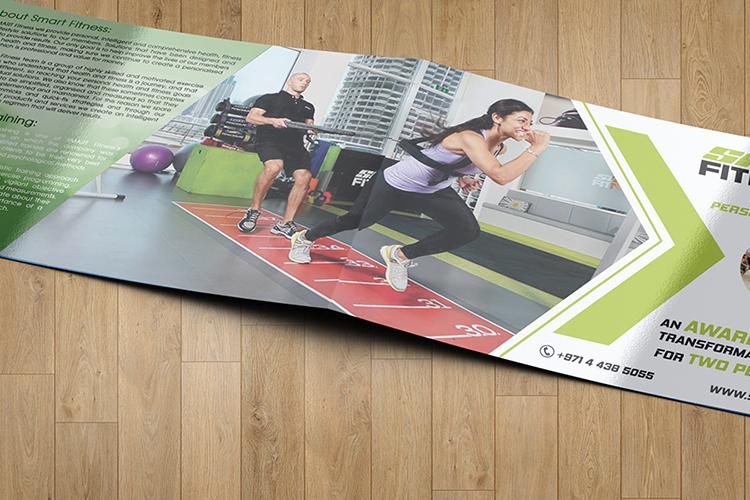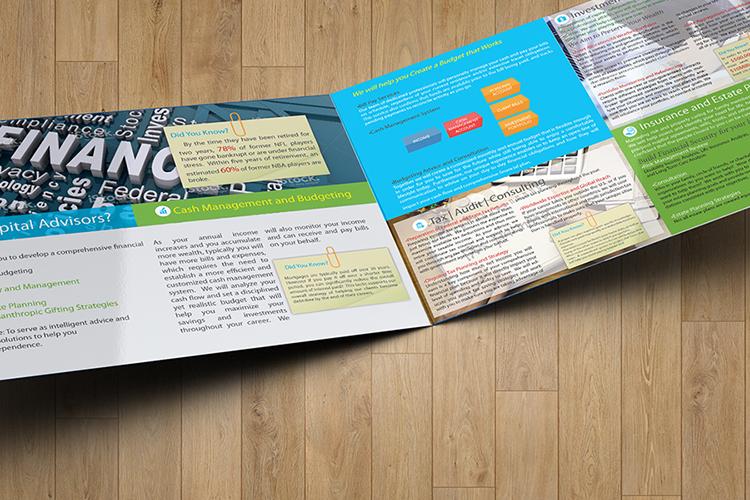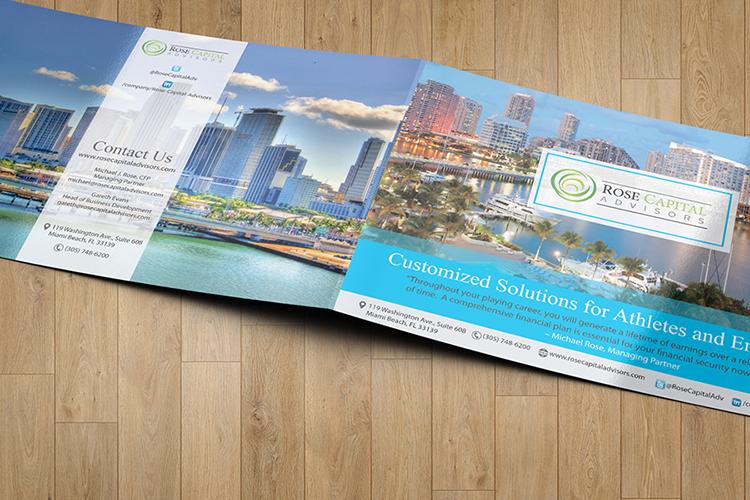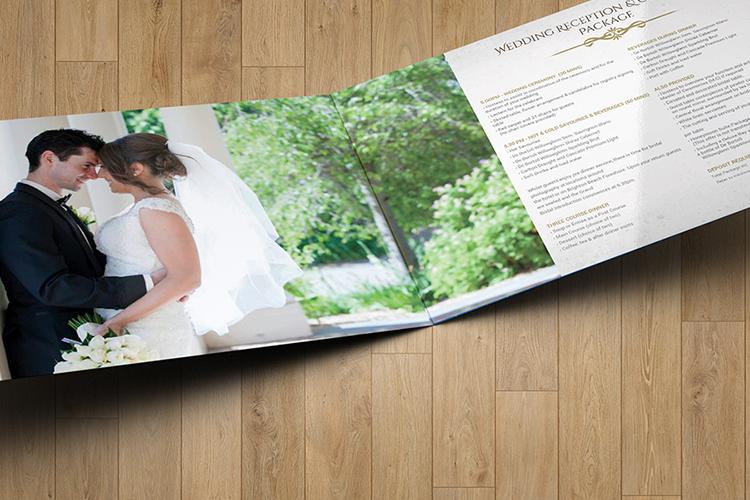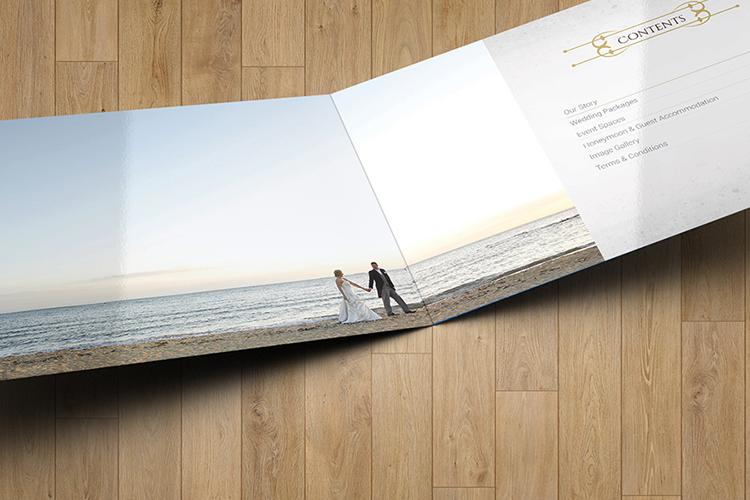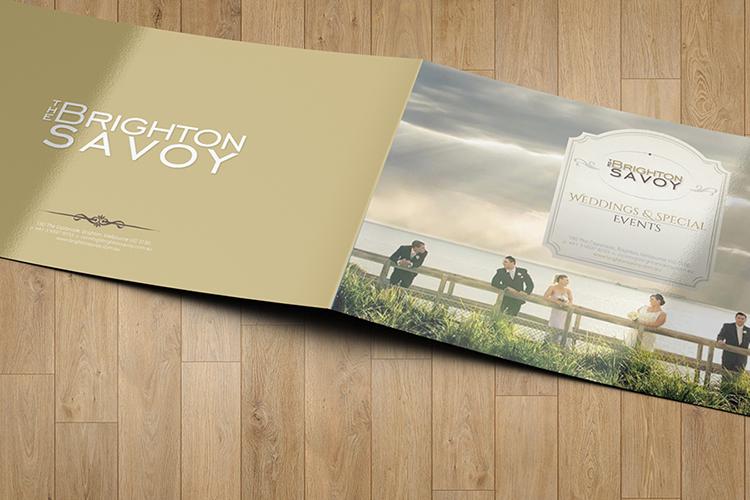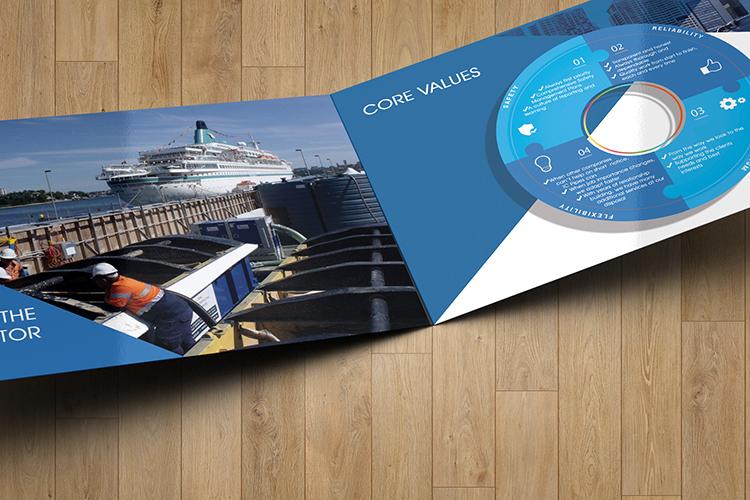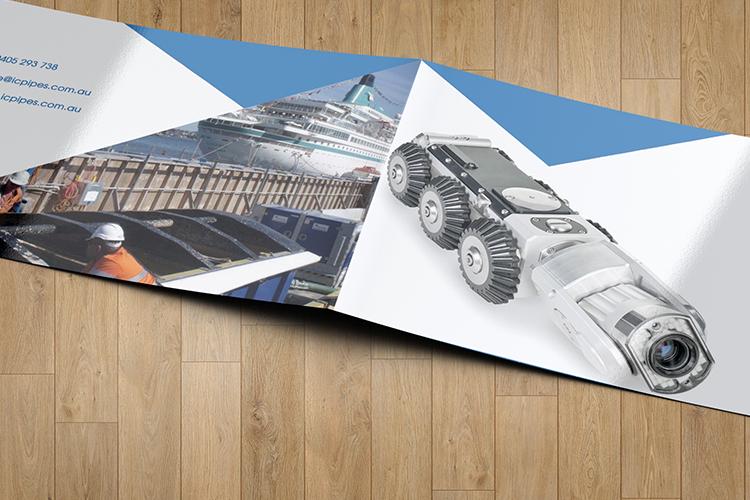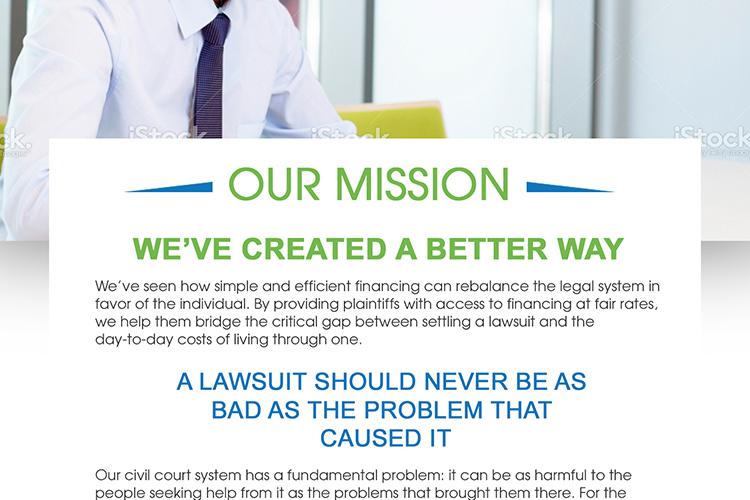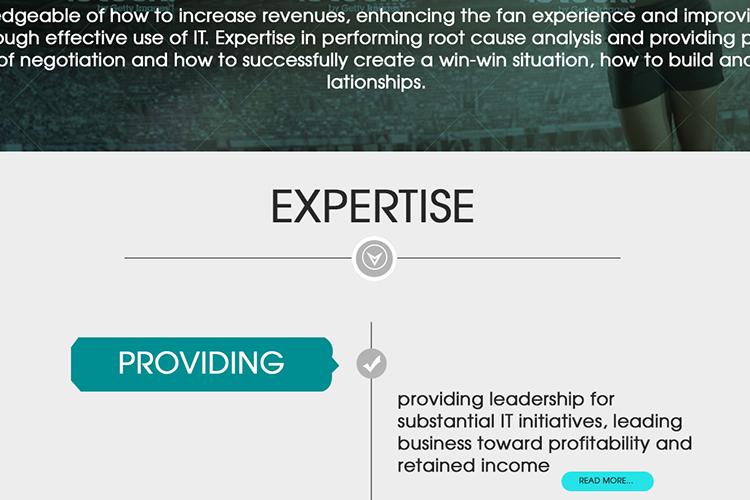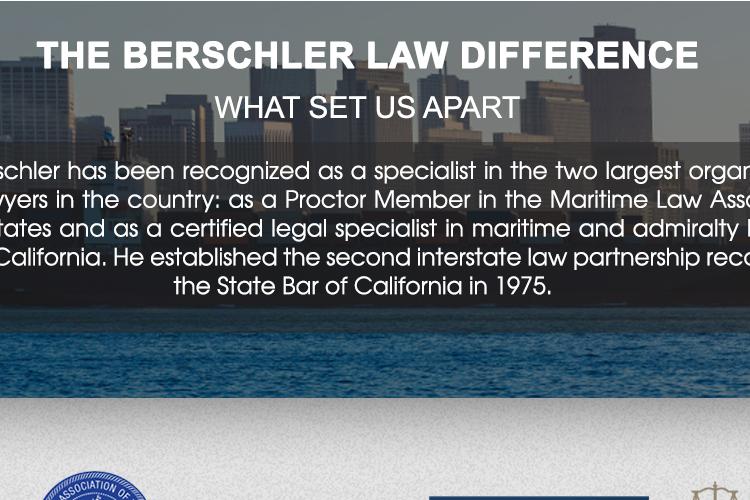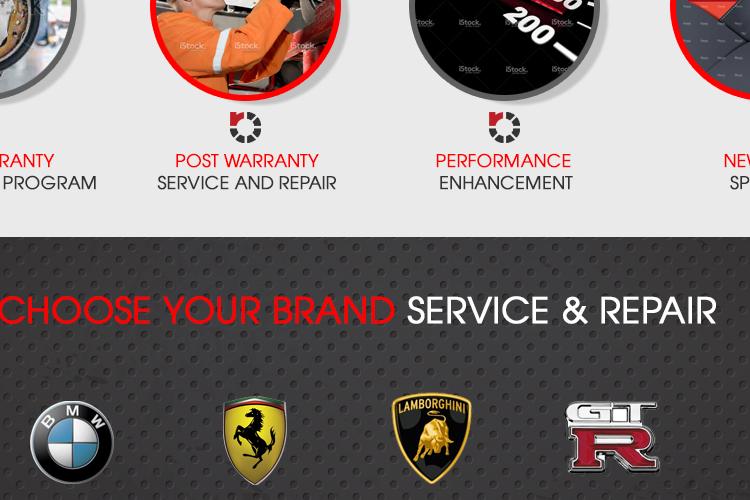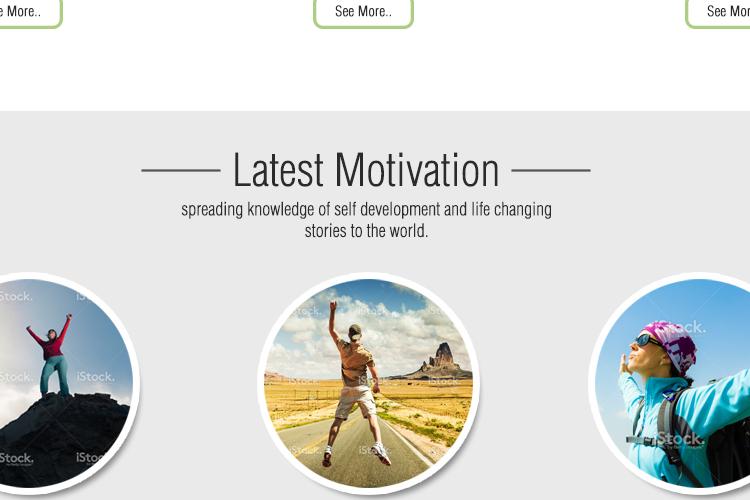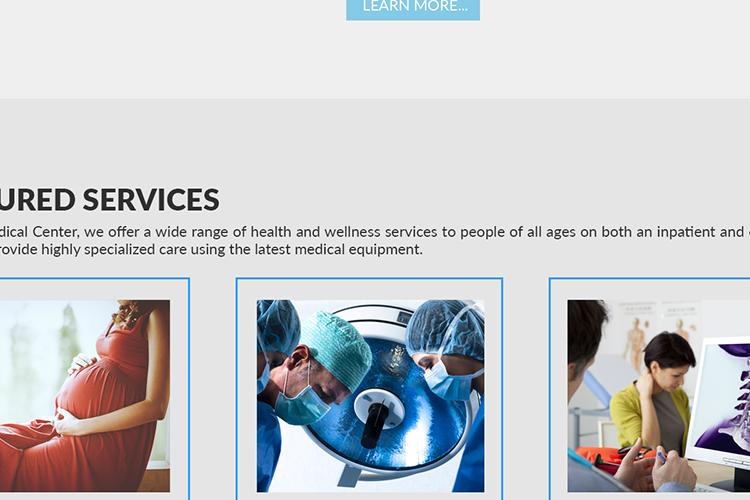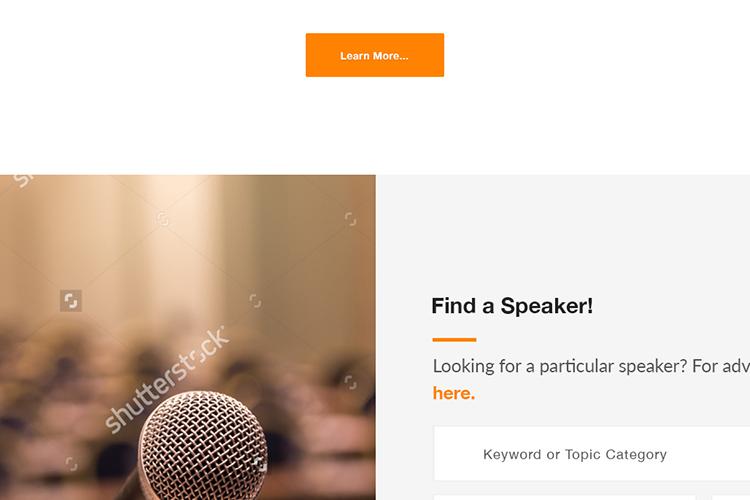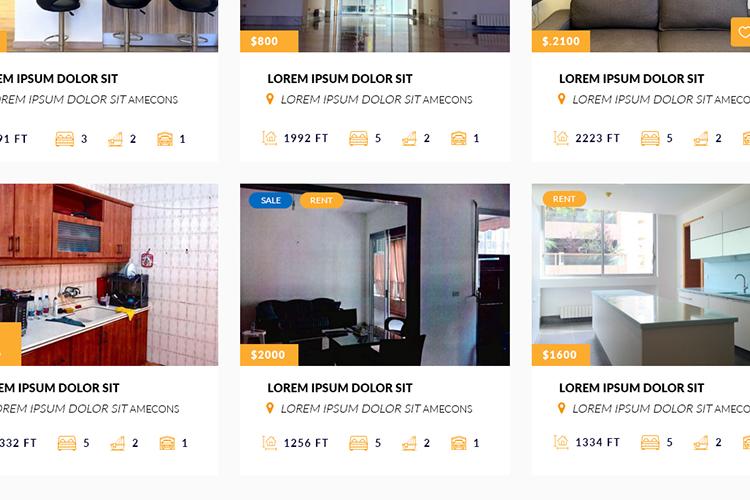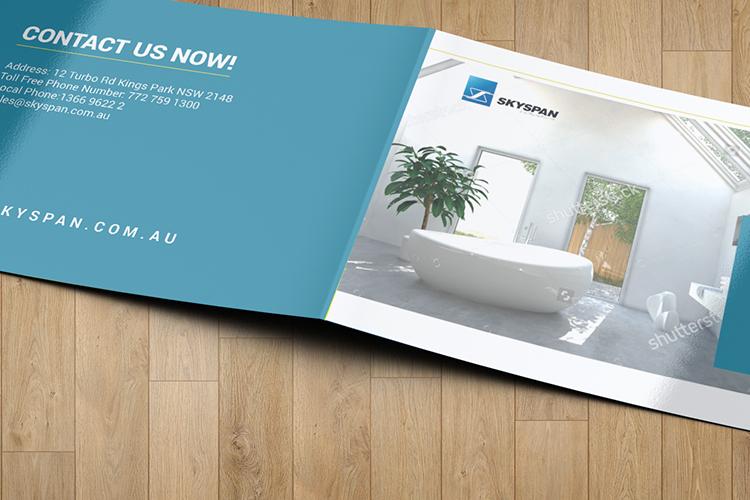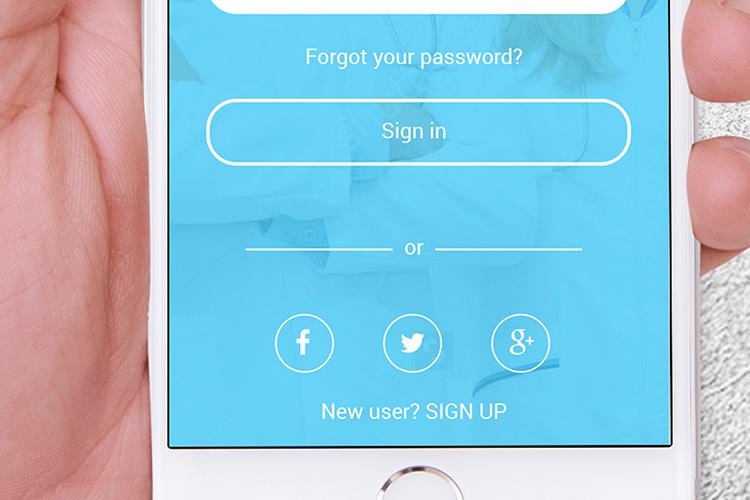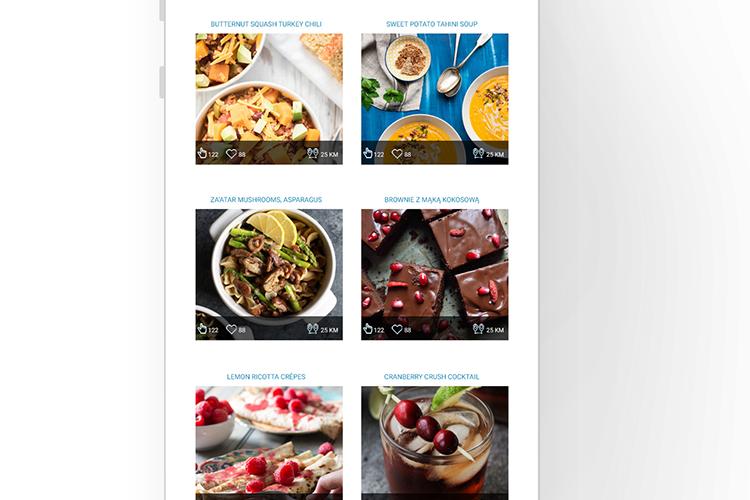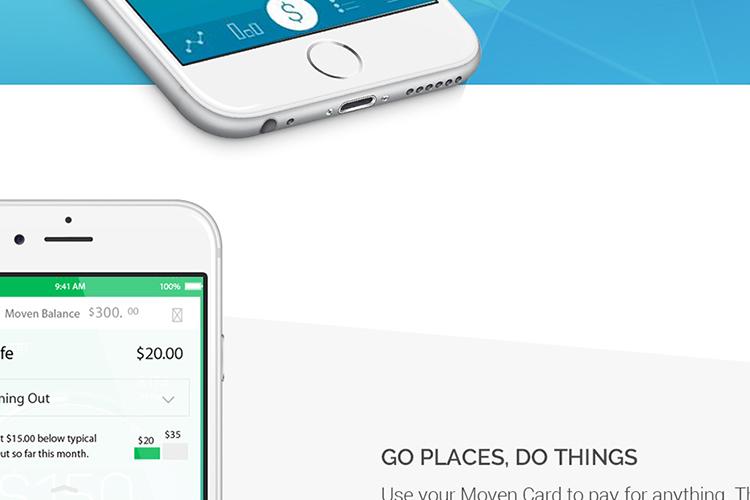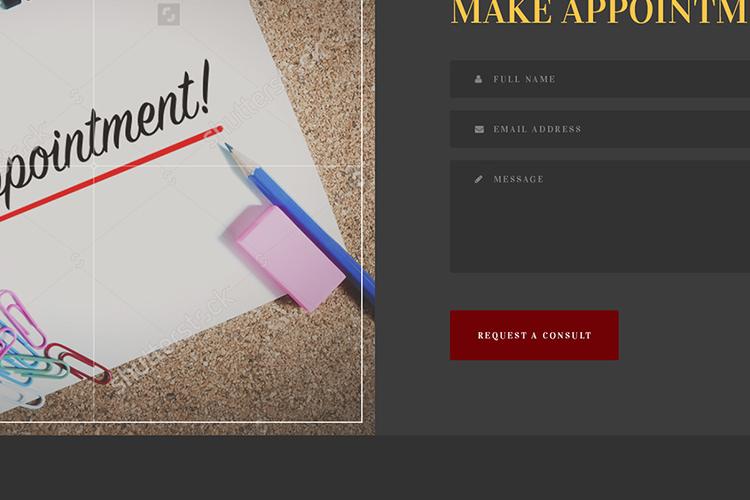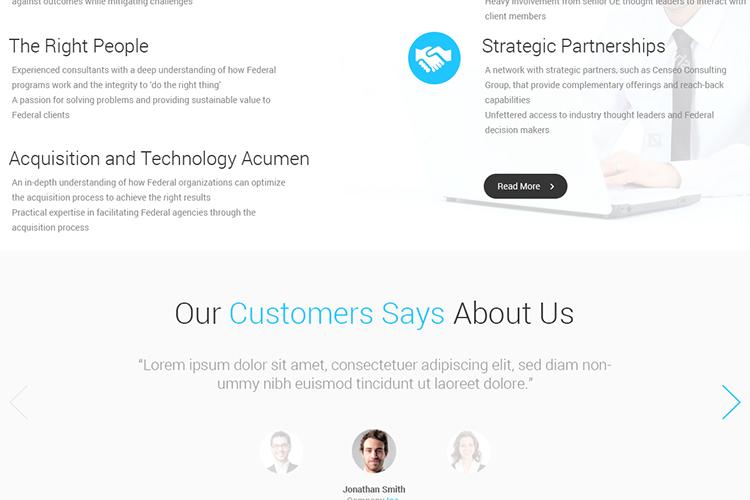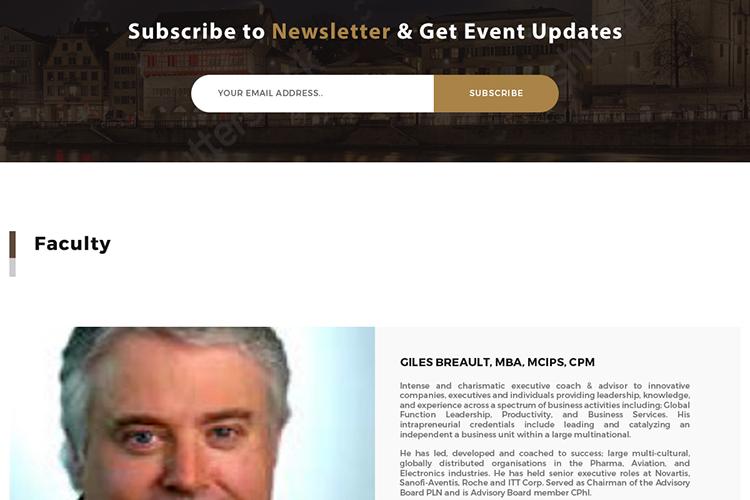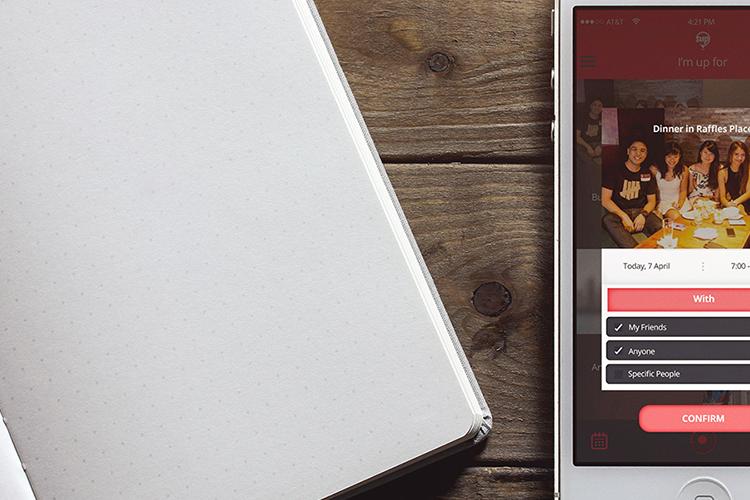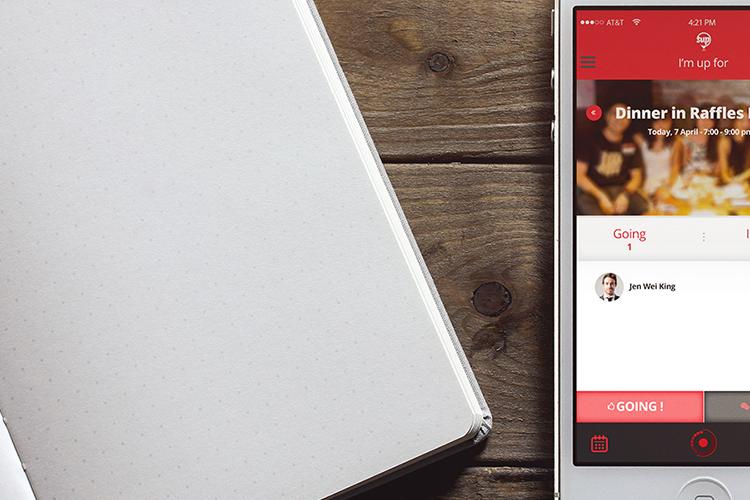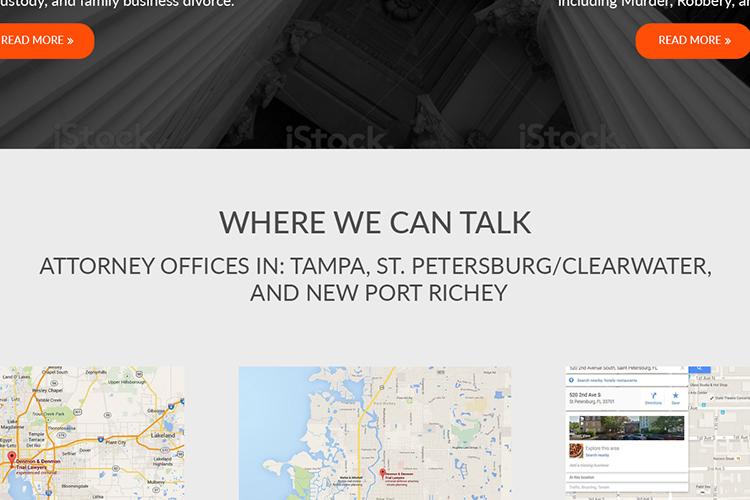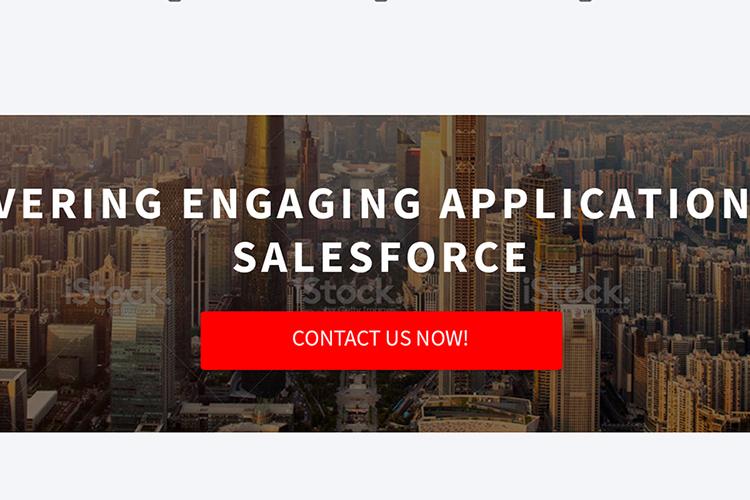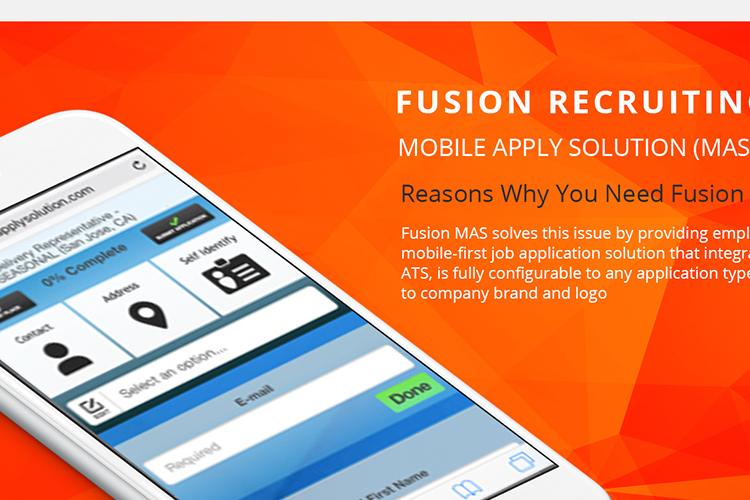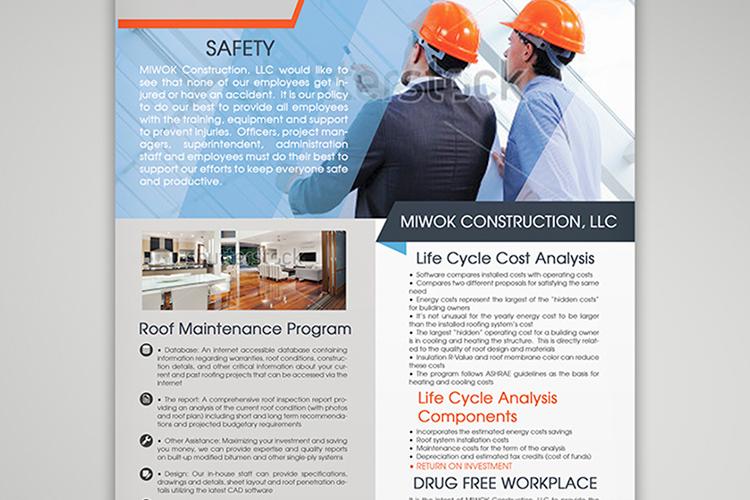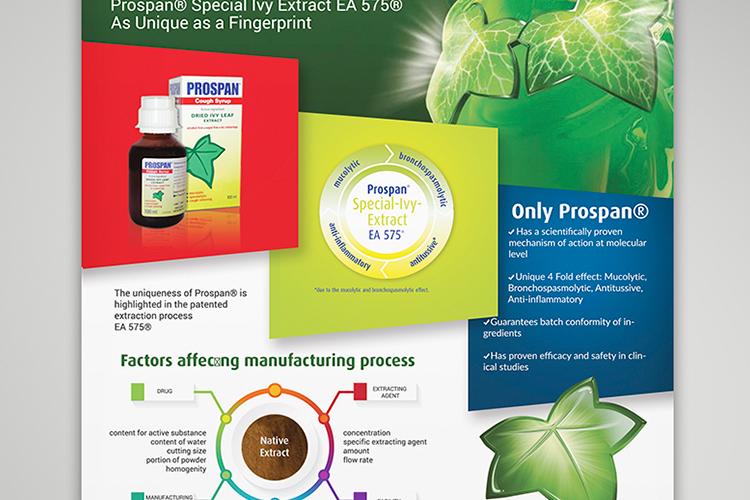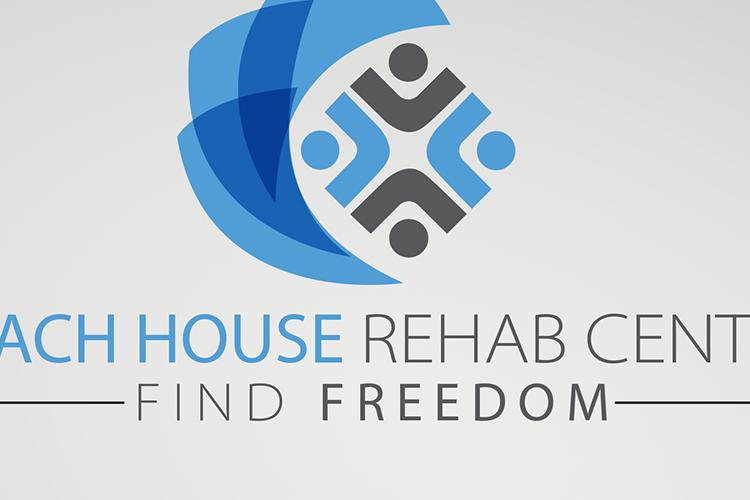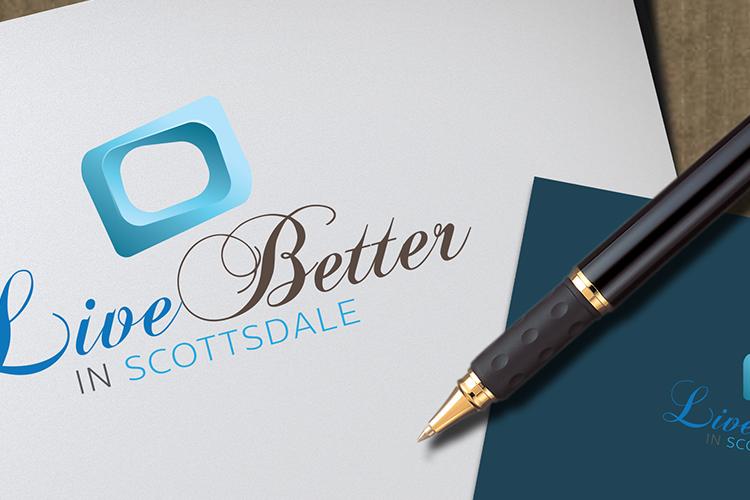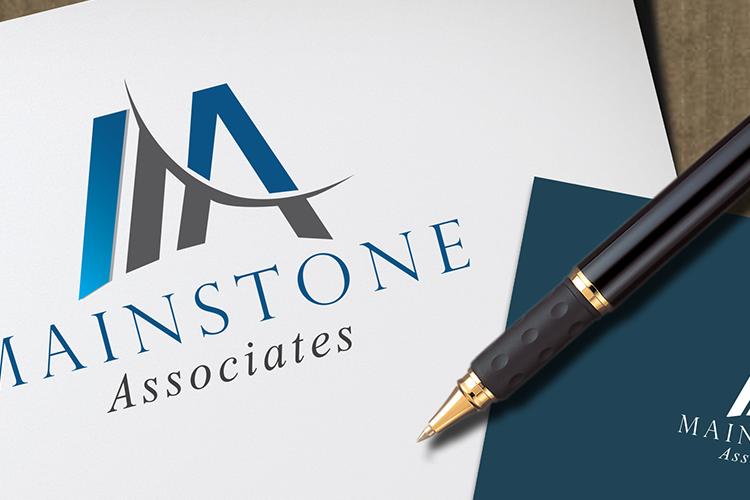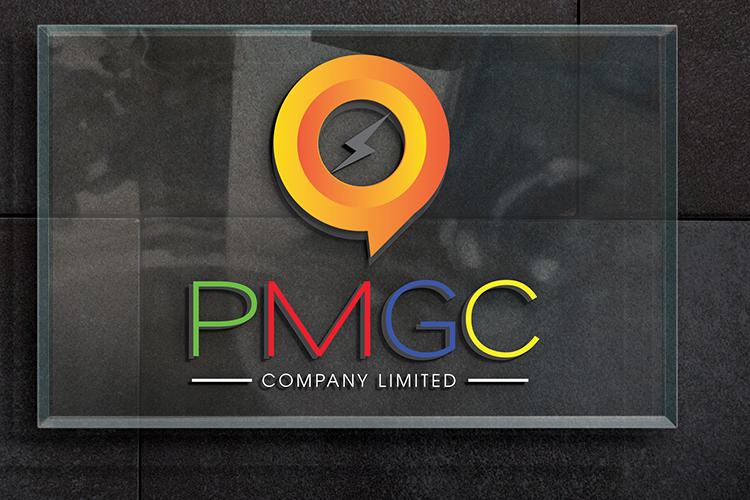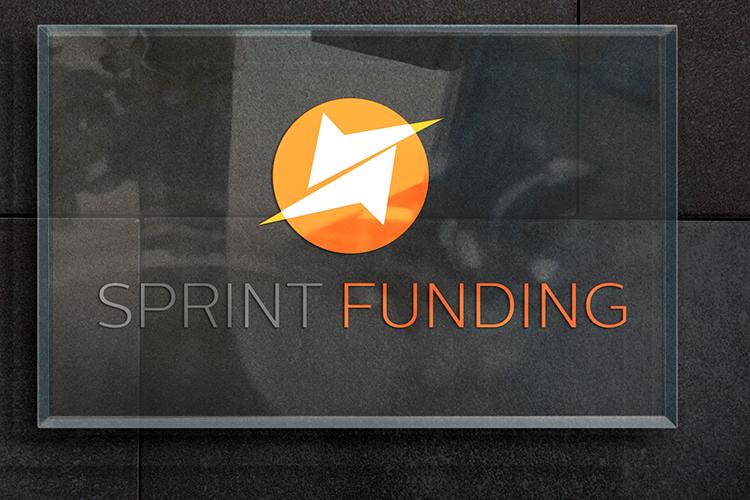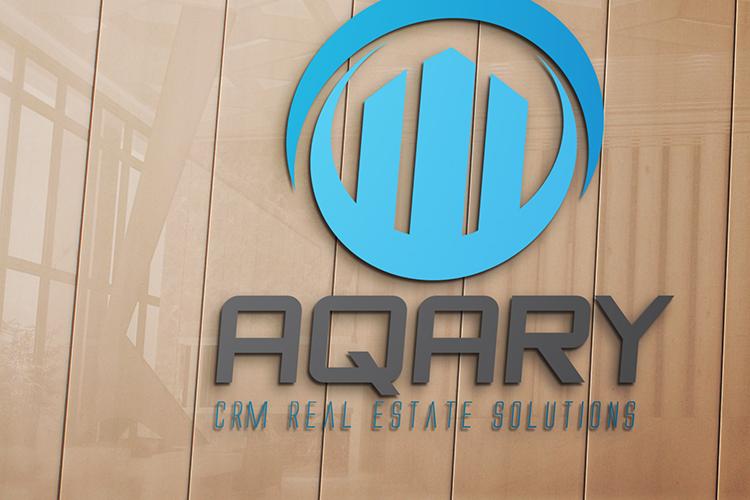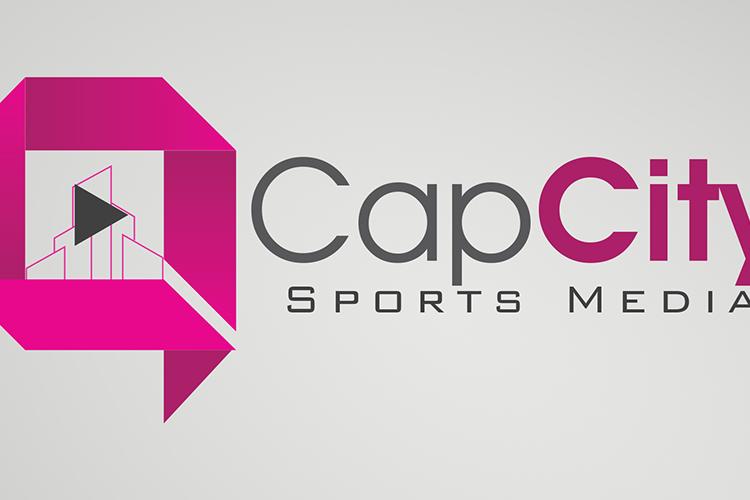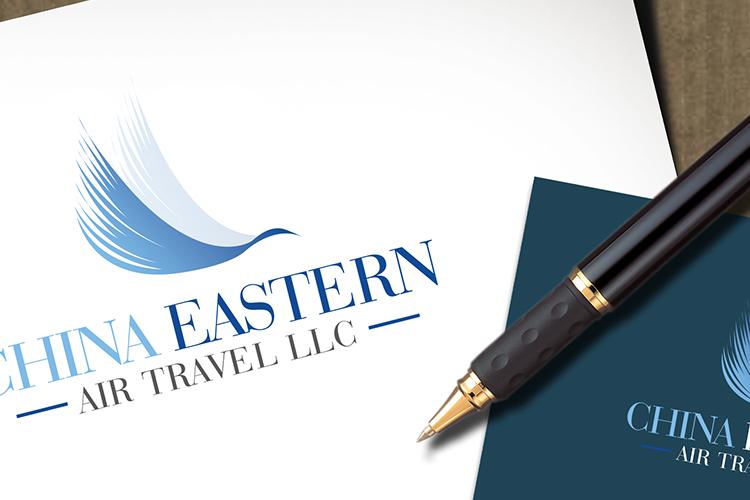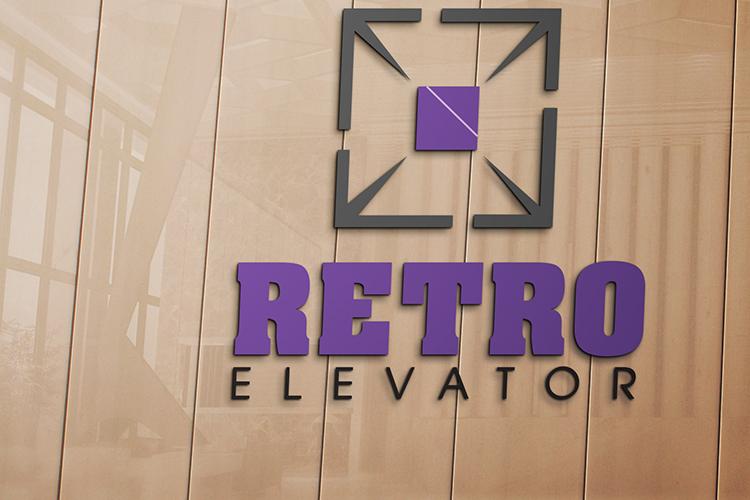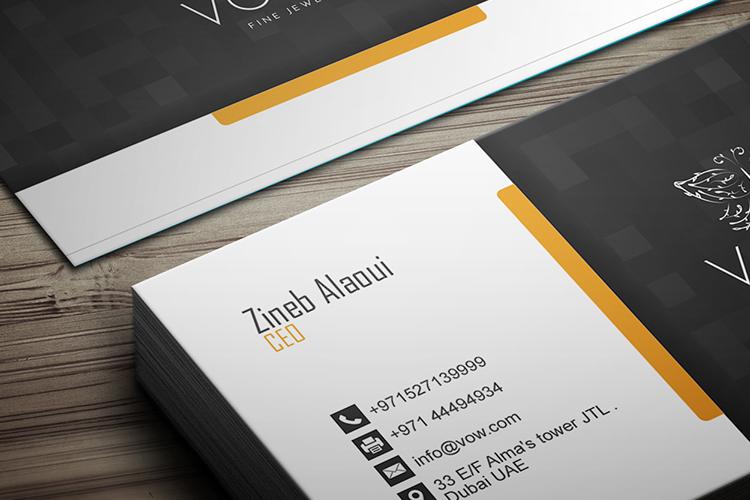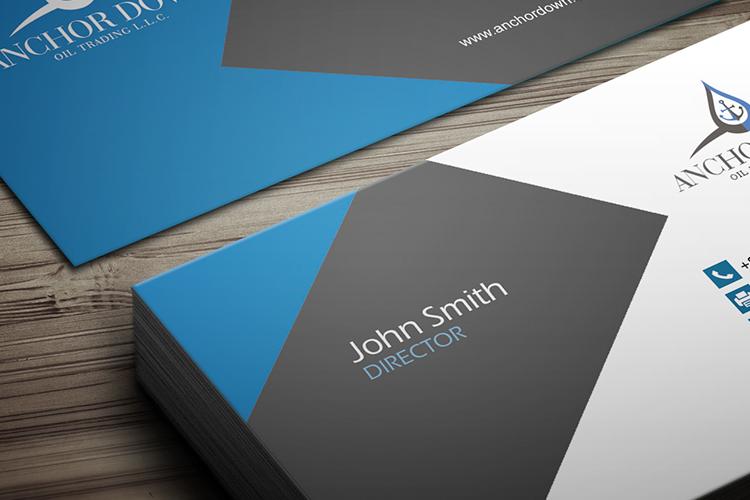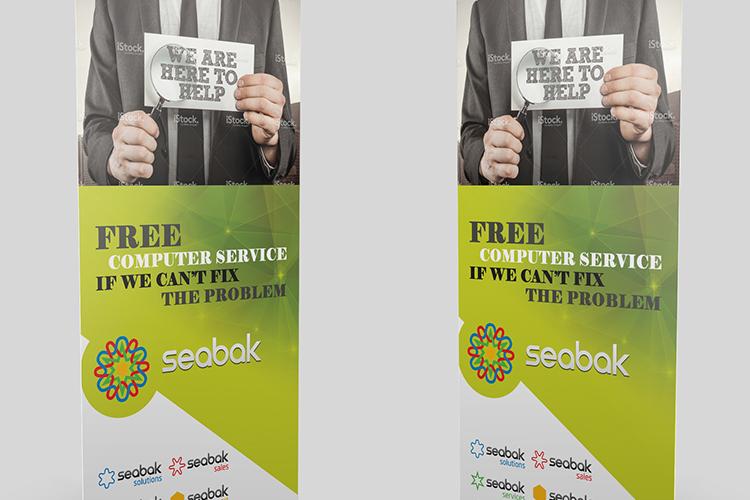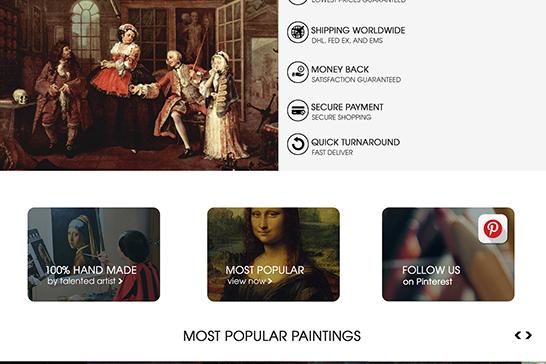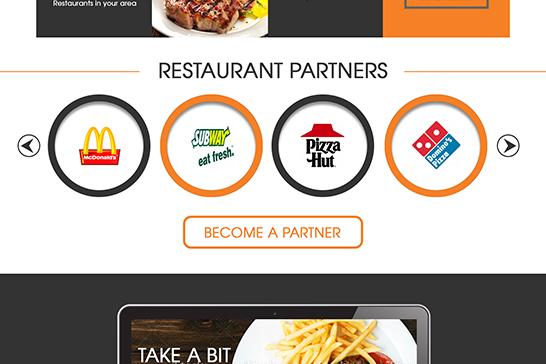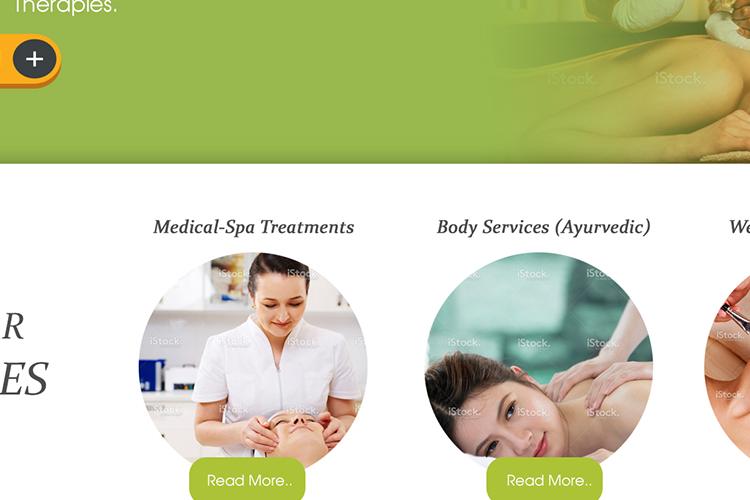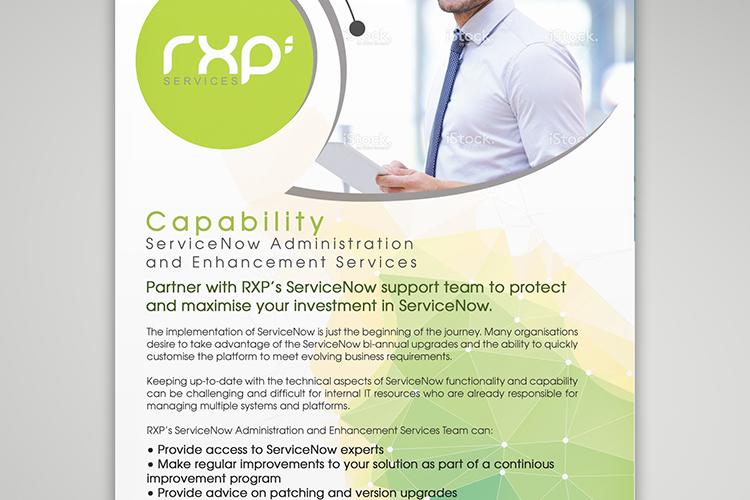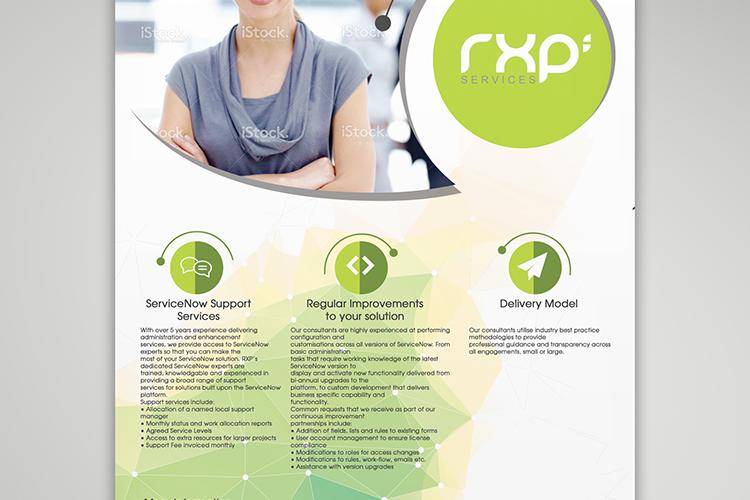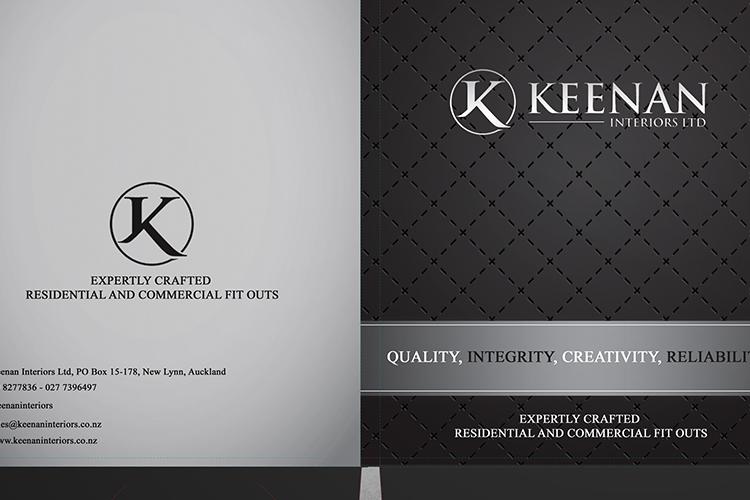
freelance studio
www.freelance-studio.net
Cairo Governorate, מצריים
פרילנסר
 צור קשר
צור קשר
אודותינו
In my eyes, all my clients are big businesses. Whether designing a logo, corporate identity, a brand development, template or custom-made web sites, in Freelance Studio recognize the needs of each individual client. And as a graphic designer provide solutions which support your business objectives, regardless of size or scope. My main objective is to help my client reach his target in the marketplace. So feel free to go around my page and see for yourself what your business could achieve with the support of image makeover and powerful graphics applications. My promise is to provide creative solutions that inspire positive outcomes. This is my passion whether it is designing a website, identity branding, or usability review i love helping clients with their projects.
שפות
אנגלית
שליטה טובה
תחומי התמחות
עיצוב וגרפיקה
67 ₪
לשעה
ממשקים, שמישות, יצירת פרוטוטייפ
Websites and Web applications have become progressively more complex as our industry’s technologies and methodologies advance. What used to be a one-way static medium has evolved into a very rich and interactive experience.
But regardless of how much has changed in the production process, a website’s success still hinges on just one thing: how users perceive it. “Does this website give me value? Is it easy to use? Is it pleasant to use?” These are the questions that run through the minds of visitors as they interact with our products, and they form the basis of their decisions on whether to become regular users.
What Is User Experience? Link
User experience (abbreviated as UX) is how a person feels when interfacing with a system. The system could be a website, a web application or desktop software and, in modern contexts, is generally denoted by some form of human-computer interaction (HCI).
But regardless of how much has changed in the production process, a website’s success still hinges on just one thing: how users perceive it. “Does this website give me value? Is it easy to use? Is it pleasant to use?” These are the questions that run through the minds of visitors as they interact with our products, and they form the basis of their decisions on whether to become regular users.
What Is User Experience? Link
User experience (abbreviated as UX) is how a person feels when interfacing with a system. The system could be a website, a web application or desktop software and, in modern contexts, is generally denoted by some form of human-computer interaction (HCI).
עיצוב פליירים, ברושורים, חוברות, עלונים
In my experience, when people set out to create a Brochure many of them focus on the content first. They begin by writing down the points they want to make in the brochure, or they start composing the text or determining what pictures and colors they plan to use. In my opinion, the content is not the place to start if you want an effective, well-designed brochure. My advice is to step back and answer the following five questions before working on the brochure’s content:
1) What is the objective? The first thing you need to determine is the goal of the brochure. For example, will the brochure be used to introduce your company? Will the brochure be used to promote a product or service or as a follow up to a presentation? Will the brochure be used to educate, inform or explain? Will the brochure be a special announcement about something new? Establishing a clear goal at the beginning will make your brochure creation process go much smoother.
To Be Effective, A Brochure Requires the Proper Aim
2) Who are you trying to reach? Knowing your audience is paramount. Do you want to share information with prospective customers, current customers, members of an organization, the general public? Is there a particular market segment you want to connect with? Are they young? Elderly? Wealthy? Thrifty? Will the recipient have some prior knowledge about your company or product? Knowing your audience will help you prepare appropriate and targeted content.
3) How will the brochure be distributed? You need to figure out how you will get your brochure into people’s hands. Will the brochure be mailed? Will it be handed out at an event? Will you include it in a folder as part of a presentation? Will a salesperson leave it behind after meeting with a client? Will it be placed in a rack or stacked on a showroom table? Knowing how the brochure will be distributed helps you determine its physical characteristics.
4) What impression do you want to make? In other words, what perceptions and feelings do you want the reader to get from your brochure? For example, if you are promoting a luxury resort you would likely choose more elegant design elements than if you were promoting something of a more basic or practical nature, like gutter cleaning. To be most effective, the design and overall quality should be consistent with the brochure’s subject matter.
5) Which format is best to convey the information? For example, if a salesperson will be going through the brochure with a client, it is best to use a larger size so everyone can see at once. In this instance, a large bi-fold or double gate folded brochure works well. If the brochure will be sent through the mail, it could be designed as a self mailer or to fit in a standard size envelope. If the brochure showcases a lot of information, it may need to be made in booklet form. The way you want your brochure’s information presented helps dictate the size and style of your brochure.
Only after you have answered the above questions should you start working on the brochure’s content. Tips for creating effective content will be the topic of our next article. Stay tuned…
1) What is the objective? The first thing you need to determine is the goal of the brochure. For example, will the brochure be used to introduce your company? Will the brochure be used to promote a product or service or as a follow up to a presentation? Will the brochure be used to educate, inform or explain? Will the brochure be a special announcement about something new? Establishing a clear goal at the beginning will make your brochure creation process go much smoother.
To Be Effective, A Brochure Requires the Proper Aim
2) Who are you trying to reach? Knowing your audience is paramount. Do you want to share information with prospective customers, current customers, members of an organization, the general public? Is there a particular market segment you want to connect with? Are they young? Elderly? Wealthy? Thrifty? Will the recipient have some prior knowledge about your company or product? Knowing your audience will help you prepare appropriate and targeted content.
3) How will the brochure be distributed? You need to figure out how you will get your brochure into people’s hands. Will the brochure be mailed? Will it be handed out at an event? Will you include it in a folder as part of a presentation? Will a salesperson leave it behind after meeting with a client? Will it be placed in a rack or stacked on a showroom table? Knowing how the brochure will be distributed helps you determine its physical characteristics.
4) What impression do you want to make? In other words, what perceptions and feelings do you want the reader to get from your brochure? For example, if you are promoting a luxury resort you would likely choose more elegant design elements than if you were promoting something of a more basic or practical nature, like gutter cleaning. To be most effective, the design and overall quality should be consistent with the brochure’s subject matter.
5) Which format is best to convey the information? For example, if a salesperson will be going through the brochure with a client, it is best to use a larger size so everyone can see at once. In this instance, a large bi-fold or double gate folded brochure works well. If the brochure will be sent through the mail, it could be designed as a self mailer or to fit in a standard size envelope. If the brochure showcases a lot of information, it may need to be made in booklet form. The way you want your brochure’s information presented helps dictate the size and style of your brochure.
Only after you have answered the above questions should you start working on the brochure’s content. Tips for creating effective content will be the topic of our next article. Stay tuned…
עיצוב גרפי, ביצועיסט
Meet with clients or the art director to determine the scope of a project
Advise clients on strategies to reach a particular audience
Determine the message the design should portray
Create images that identify a product or convey a message
Develop graphics for product illustrations, logos, and websites
Select colors, images, text style, and layout
Present the design to clients or the art director
Incorporate changes recommended by the clients into the final design
Review designs for errors before printing or publishing them
Graphic designers combine art and technology to communicate ideas through images and the layout of websites and printed pages. They may use a variety of design elements to achieve artistic or decorative effects.
work with both text and images. They often select the type, font, size, color, and line length of headlines, headings, and text.
also decide how images and text will go together on a print or webpage, including how much space each will have. When using text in layouts, graphic designers collaborate closely with writers who choose the words and decide whether the words will be put into paragraphs, lists, or tables. Through the use of images, text, and color, graphic designers can transform statistical data into visual graphics and diagrams, which can make complex ideas more accessible.
Advise clients on strategies to reach a particular audience
Determine the message the design should portray
Create images that identify a product or convey a message
Develop graphics for product illustrations, logos, and websites
Select colors, images, text style, and layout
Present the design to clients or the art director
Incorporate changes recommended by the clients into the final design
Review designs for errors before printing or publishing them
Graphic designers combine art and technology to communicate ideas through images and the layout of websites and printed pages. They may use a variety of design elements to achieve artistic or decorative effects.
work with both text and images. They often select the type, font, size, color, and line length of headlines, headings, and text.
also decide how images and text will go together on a print or webpage, including how much space each will have. When using text in layouts, graphic designers collaborate closely with writers who choose the words and decide whether the words will be put into paragraphs, lists, or tables. Through the use of images, text, and color, graphic designers can transform statistical data into visual graphics and diagrams, which can make complex ideas more accessible.
עיצוב לוגו
Always start with a detailed design brief. If the client doesn’t provide you with one, create your own by asking the right questions. Once you have created the brief, get the client to approve this before starting anything.
As part of my logo design process, I create a tick-list of objectives by asking questions. I then ask the client to check and approve these, adding any specific expectations they have. This approach ensures that both the client and I are on the same page from the outset, and creates a framework for presenting the designs later on in the process.
For more details on creating a design brief take a look at my previous blog post: A designer’s guide to creating a logo design brief.
Design with the goals in mind
Graphic design is a visual approach to problem solving.
It’s easy to design a logo that looks good but to present well and get the clients approval you need to be solving problems and thinking about the visual solutions that meet strategic goals.
In the case of brand identity design, this refers to targeting the correct audience, representing the company and its brand correctly and competing with direct competitors. By having goals it allows you to perform focused research, and make justified design decisions.
Review your work against the goals, and ensure you’re able to justify every design decision made.
Present with real life examples
When was the last time you’ve seen a company logo printed on a plain white piece of paper? Hardly ever I imagine. People are most likely to only ever see a logo used in real life situations: on a shop exterior, on a product, pen, bag, literature etc. So this is how you should present the identity you have designed. Here’s an example image from my own portfolio…
As part of my logo design process, I create a tick-list of objectives by asking questions. I then ask the client to check and approve these, adding any specific expectations they have. This approach ensures that both the client and I are on the same page from the outset, and creates a framework for presenting the designs later on in the process.
For more details on creating a design brief take a look at my previous blog post: A designer’s guide to creating a logo design brief.
Design with the goals in mind
Graphic design is a visual approach to problem solving.
It’s easy to design a logo that looks good but to present well and get the clients approval you need to be solving problems and thinking about the visual solutions that meet strategic goals.
In the case of brand identity design, this refers to targeting the correct audience, representing the company and its brand correctly and competing with direct competitors. By having goals it allows you to perform focused research, and make justified design decisions.
Review your work against the goals, and ensure you’re able to justify every design decision made.
Present with real life examples
When was the last time you’ve seen a company logo printed on a plain white piece of paper? Hardly ever I imagine. People are most likely to only ever see a logo used in real life situations: on a shop exterior, on a product, pen, bag, literature etc. So this is how you should present the identity you have designed. Here’s an example image from my own portfolio…
דפוס, הכנה לדפוס, הוצאה לאור
When a final text is agreed upon, the next phase is design. This may include artwork being commissioned or confirmation of layout. In publishing, the word "art" also indicates photographs. Depending on the number of photographs required by the work, photographs may also be licensed from photo libraries. For those works that are particularly rich in illustrations, the publisher may contract a picture researcher to find and license the photographs required for the work. The design process prepares the work for printing through processes such as typesetting, dust jacket composition, specification of paper quality, binding method and casing.
The type of book being produced determines the amount of design required. For standard fiction titles, the design is usually restricted to typography and cover design. For books containing illustrations or images, design takes on a much larger role in laying out how the page looks, how chapters begin and end, colours, typography, cover design and ancillary materials such as posters, catalogue images, and other sales materials. Non-fiction illustrated titles are the most design intensive books, requiring extensive use of images and illustrations, captions, typography and a deep involvement and consideration of the reader experience.
The activities of typesetting, page layout, the production of negatives, plates from the negatives and, for hardbacks, the preparation of brasses for the spine legend and Imprint are now all computerized. Prepress computerization evolved mainly in about the last twenty years of the 20th century. If the work is to be distributed electronically, the final files are saved in formats appropriate to the target operating systems of the hardware used for reading. These may include PDF files.
The type of book being produced determines the amount of design required. For standard fiction titles, the design is usually restricted to typography and cover design. For books containing illustrations or images, design takes on a much larger role in laying out how the page looks, how chapters begin and end, colours, typography, cover design and ancillary materials such as posters, catalogue images, and other sales materials. Non-fiction illustrated titles are the most design intensive books, requiring extensive use of images and illustrations, captions, typography and a deep involvement and consideration of the reader experience.
The activities of typesetting, page layout, the production of negatives, plates from the negatives and, for hardbacks, the preparation of brasses for the spine legend and Imprint are now all computerized. Prepress computerization evolved mainly in about the last twenty years of the 20th century. If the work is to be distributed electronically, the final files are saved in formats appropriate to the target operating systems of the hardware used for reading. These may include PDF files.
באנרים ופרסומות
If you’ve ever been online — which, if you’re reading this, I assume you have — you’ve probably encountered a banner advertisement or two. These typically come in the form of a prominent image on the page, although the exact size, positioning and content can differ drastically.
There’s more to creating a banner ad than just opening up a new Photoshop canvas and throwing together some pictures though. In this article, we’re going to take a look at banner advertising and investigate just what creating a strong ad is all about.
Banner ads are one of the principle forms of advertising on the web today and, for many sites, a fundamental source of revenue. The concept is simple: site owners offer up space in their design for an advertiser to fill with a banner ad in return for a fee. Much like any form of advertising, however, the success of a given campaign can be easily ruined by a bad design.
There’s more to creating a banner ad than just opening up a new Photoshop canvas and throwing together some pictures though. In this article, we’re going to take a look at banner advertising and investigate just what creating a strong ad is all about.
Banner ads are one of the principle forms of advertising on the web today and, for many sites, a fundamental source of revenue. The concept is simple: site owners offer up space in their design for an advertiser to fill with a banner ad in return for a fee. Much like any form of advertising, however, the success of a given campaign can be easily ruined by a bad design.
עיצוב כרטיסי ביקור, הדפסה
A small card identifying a person in connection with his or her business, given to a client, potential customer, etc. .
A good business card should convey the overall image of your business, which isn't always easy, considering the card measures just 2 inches by 3 inches. So how can you possibly get a message across in such a small amount of space?
Don't expect your business card to be able tell your company's entire story. What you should expect it to do is present a professional image people will remember. The color, wording and texture of your business card have a lot to do with its appeal and its ability to convey your company image. Use common sense when you're designing your card. If your business markets children's toys and games, you might try using bright, primary colors and words written in a child's script. On the other hand, if you run a financial consulting service, you want your business card to convey professionalism and reliability, so stick to traditional looks such as black printing on a gray, beige or white background.
Of course, professional designers claim entrepreneurs shouldn't attempt to design a business card on their own, but many cash-strapped business owners have no other choice. Your best course of action? Look at all the business cards you've received over the years, and emulate the cards you like. You have more leeway if you're in a creative business, such as party planning or retailing, but in general, keep the following tips in mind:
Use your logo as the basis. Make it the largest element on the card.
Keep it simple. Don't cram too much information on the card.
Do include the essentials--your name, title, company name, address, phone and fax numbers and e-mail address--and make sure your name and business name are immediately identifiable.
Make sure the typeface is easily readable.
Stick to one or two colors.
Make sure it's easy to read.
A good business card should convey the overall image of your business, which isn't always easy, considering the card measures just 2 inches by 3 inches. So how can you possibly get a message across in such a small amount of space?
Don't expect your business card to be able tell your company's entire story. What you should expect it to do is present a professional image people will remember. The color, wording and texture of your business card have a lot to do with its appeal and its ability to convey your company image. Use common sense when you're designing your card. If your business markets children's toys and games, you might try using bright, primary colors and words written in a child's script. On the other hand, if you run a financial consulting service, you want your business card to convey professionalism and reliability, so stick to traditional looks such as black printing on a gray, beige or white background.
Of course, professional designers claim entrepreneurs shouldn't attempt to design a business card on their own, but many cash-strapped business owners have no other choice. Your best course of action? Look at all the business cards you've received over the years, and emulate the cards you like. You have more leeway if you're in a creative business, such as party planning or retailing, but in general, keep the following tips in mind:
Use your logo as the basis. Make it the largest element on the card.
Keep it simple. Don't cram too much information on the card.
Do include the essentials--your name, title, company name, address, phone and fax numbers and e-mail address--and make sure your name and business name are immediately identifiable.
Make sure the typeface is easily readable.
Stick to one or two colors.
Make sure it's easy to read.
עיצוב דפי נחיתה
A well-designed landing page can greatly increase conversions for your PPC or email marketing campaigns. Rather than directing visitors from those sources to your general website (where they may have a hard time finding what they’re looking for), you can direct them to a specially-designed landing page that steers them in exactly the direction you want them to take.
But creating effective landing pages isn’t the same as crafting a successful website or email newsletter. There are certain guidelines you should adhere to in order to maximize your page’s success.
What is the Goal of Your Landing Page?
Landing pages, like any other part of your online marketing arsenal, need goals. Without concrete, specific goals, there’s no way to create an effective page. Your goal should be clear before you begin designing your page.
You also need specific expectations for your landing page, on which to gauge its success. These expectations can be based on previous experience, anecdotal evidence, or simply wishful thinking. But it’s helpful to have a specific number to compare your actual results with. This could be the total number of conversions, or the number of people who make it past your landing page, or some other number, based on your own goals.
A Clear Call to Action is Vital
Once you know what your goal for the page is, you need to come up with a clear call to action. This is possibly the single most important part of any landing page. Your call to action should be specifically tied to your goal, and should be supported by everything else on your landing page, from headline and body copy to images and overall layout.
But creating effective landing pages isn’t the same as crafting a successful website or email newsletter. There are certain guidelines you should adhere to in order to maximize your page’s success.
What is the Goal of Your Landing Page?
Landing pages, like any other part of your online marketing arsenal, need goals. Without concrete, specific goals, there’s no way to create an effective page. Your goal should be clear before you begin designing your page.
You also need specific expectations for your landing page, on which to gauge its success. These expectations can be based on previous experience, anecdotal evidence, or simply wishful thinking. But it’s helpful to have a specific number to compare your actual results with. This could be the total number of conversions, or the number of people who make it past your landing page, or some other number, based on your own goals.
A Clear Call to Action is Vital
Once you know what your goal for the page is, you need to come up with a clear call to action. This is possibly the single most important part of any landing page. Your call to action should be specifically tied to your goal, and should be supported by everything else on your landing page, from headline and body copy to images and overall layout.
בניית אתרים
67 ₪
לשעה
בניית אתרים פשוטים, עמודי נחיתה
A well-designed landing page can greatly increase conversions for your PPC or email marketing campaigns. Rather than directing visitors from those sources to your general website (where they may have a hard time finding what they’re looking for), you can direct them to a specially-designed landing page that steers them in exactly the direction you want them to take.
But creating effective landing pages isn’t the same as crafting a successful website or email newsletter. There are certain guidelines you should adhere to in order to maximize your page’s success.
Landing pages, like any other part of your online marketing arsenal, need goals. Without concrete, specific goals, there’s no way to create an effective page. Your goal should be clear before you begin designing your page.
You also need specific expectations for your landing page, on which to gauge its success. These expectations can be based on previous experience, anecdotal evidence, or simply wishful thinking. But it’s helpful to have a specific number to compare your actual results with. This could be the total number of conversions, or the number of people who make it past your landing page, or some other number, based on your own goals.
A Clear Call to Action is Vital
Once you know what your goal for the page is, you need to come up with a clear call to action. This is possibly the single most important part of any landing page. Your call to action should be specifically tied to your goal, and should be supported by everything else on your landing page, from headline and body copy to images and overall layout.
But creating effective landing pages isn’t the same as crafting a successful website or email newsletter. There are certain guidelines you should adhere to in order to maximize your page’s success.
Landing pages, like any other part of your online marketing arsenal, need goals. Without concrete, specific goals, there’s no way to create an effective page. Your goal should be clear before you begin designing your page.
You also need specific expectations for your landing page, on which to gauge its success. These expectations can be based on previous experience, anecdotal evidence, or simply wishful thinking. But it’s helpful to have a specific number to compare your actual results with. This could be the total number of conversions, or the number of people who make it past your landing page, or some other number, based on your own goals.
A Clear Call to Action is Vital
Once you know what your goal for the page is, you need to come up with a clear call to action. This is possibly the single most important part of any landing page. Your call to action should be specifically tied to your goal, and should be supported by everything else on your landing page, from headline and body copy to images and overall layout.
וורדפרס - WordPress
Using a mix of CSS, Sass, HTML, JavaScript, and PHP (and sometimes a framework like Genesis),takes a basic WordPress install and builds onto that foundation to create whatever you need from your site. At the heart of the WordPress platform is its easy-to-use administrative dashboard, the portal where you, the client, can update and maintain your site’s content.
Functionality can be also added with widgets, themes, plugins, and API integrations. But often, clients need more from their sites—more complex interactivity, filtering, etc.
Functionality can be also added with widgets, themes, plugins, and API integrations. But often, clients need more from their sites—more complex interactivity, filtering, etc.
Shopify
Building custom e-commerce store with Shopify and PageFly Shopify addon.
אלמנטור
Building Custom WordPress websites using Elementor Pro theme builder as an Elementor expert.
קישורים

freelance-studio.net
Digital Brand Agency - Freelance Studio Creative Branding
It is our aim as digital brand agency to help you establish and grow your digital brand in hand with the help of our professional team.
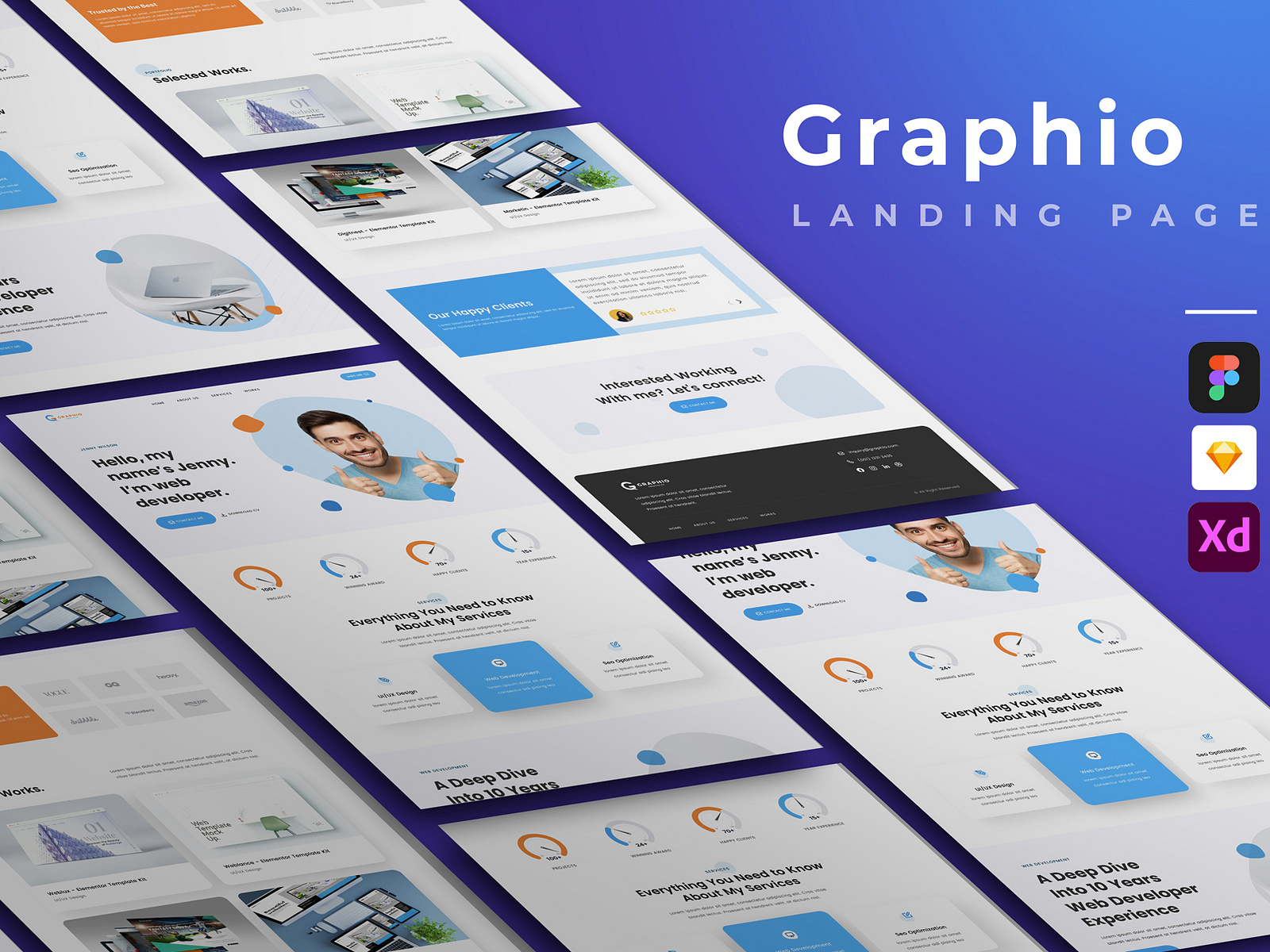
dribbble.com/moatazazab
Freelance Studio
Freelance Studio | Build your brand with our digital agency from zero to hero. It is our aim as digital brand agency to help you establish and grow your business in hand with the help of our professional, experienced, design team, and advice you on expanding and moving your business and brand forward. | Connect with them on Dribbble; the global community for designers and creative professionals.








 פרסום פרויקט
פרסום פרויקט

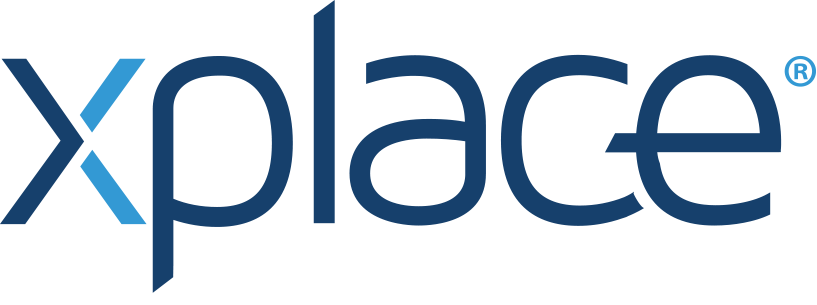
 התחבר עם פייסבוק
התחבר עם פייסבוק
 התחבר עם LinkedIn
התחבר עם LinkedIn


 שליחת הודעה
שליחת הודעה





